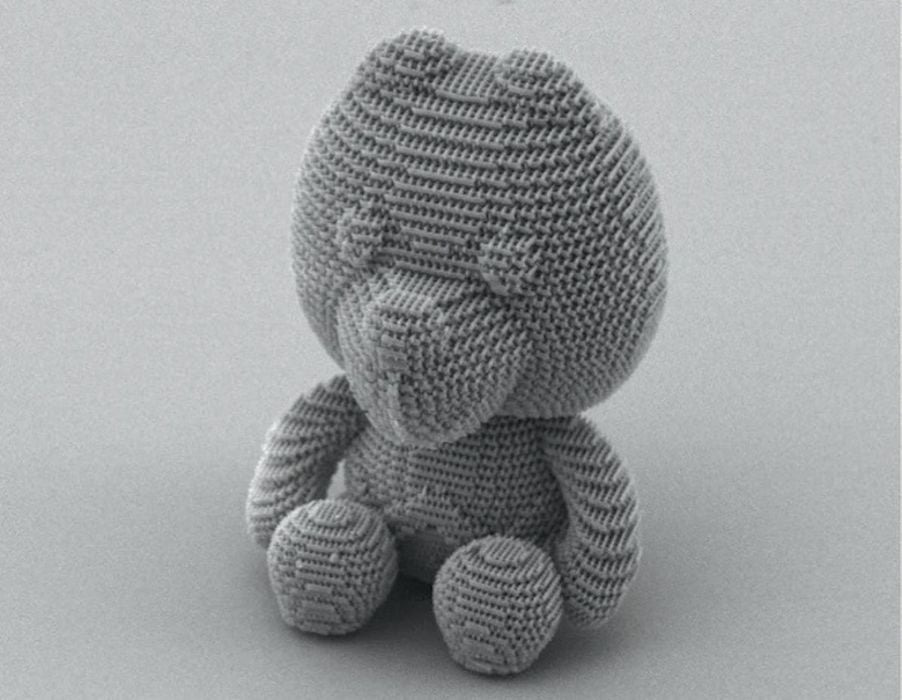
Research shows a thin layer of polyvinyl alcohol can help fine tune part microstructure for two-photon polymerization lithography.
As 3D printing technology continues to mature, some of the most exciting developments are happening at very small scales. Consider the process known as two-photon polymerization lithography (TPL), which is similar to the photolithographic process used in integrated circuit manufacturing.
Because TPL can produce complex objects on the micro- and nano-scale, it’s being used to develop new optical materials, such as photonic crystals.
The challenge for TPL is shrinkage—specifically, finding a way to ensure uniform shrinkage of features below the wavelength of visible light. In order to address this challenge, a team of engineers from Singapore University of Technology and Design (SUTD) and the Industrial Technology Center of Wakayama Prefecture in Japan have introduced a new method for ensuring even shrinkage in 3D-printed structures under heat treatment.
The solution is surprisingly simple: adding a layer of polyvinyl alcohol (PVA) to the initial printing substrate made it easier for the researchers to wash off the 3D-printed parts and transfer them onto a separate substrate. Because the structure’s attachment to the base on which it was printed is what prevents it from shrinking evenly, creating a looser attachment by adding a layer of PVA made the shrinking more uniform. The researchers noted that this technique also introduces the possibility of transferring microscopic 3D-printed parts for integration with other devices, or onto substrates that are not suitable for TPL.
“Just as earthworms stretch and contract to move across surfaces, we believed we could enable our 3D structures to ‘glide’ to a smaller size without distortion,” said Joel Yang, professor of engineering product development at SUTD in a press release.
As a proof of concept, Yang and his collaborators created a nanoscopic version of Wakayama prefecture’s mascot, Kii-chan. “The complex geometry of the Wakayama prefecture’s mascot—with its various curves, bumps and dips—made it an ideal subject to showcase our technique’s effectiveness,” explained Tomohiro Mori, first author on the team’s research paper. “Successful uniform shrinkage of such a detailed model suggests that our method could be adapted for any form, irrespective of its shape or the solidity of the platform it’s placed on.”
One of the most intriguing applications of TPL leveraging this new technique is the production of chromaphores—molecules that are sensitive to different frequencies of light—which could be used to engineer materials that would respond to specific lighting conditions. “This has practical applications in anti-counterfeiting, where items can be verified as genuine through distinct structural colors and the emission properties of these materials,” explained Yang.
On the industrial side, the novel TPL technique could be used to manufacture new heatsinks for CPUs and GPUs, as well as small mechanical components that incorporate complex geometries, optical elements with light-manipulation capabilities and acoustic devices that can control sound with greater accuracy.
Read the rest of this story at ENGINEERING.com
